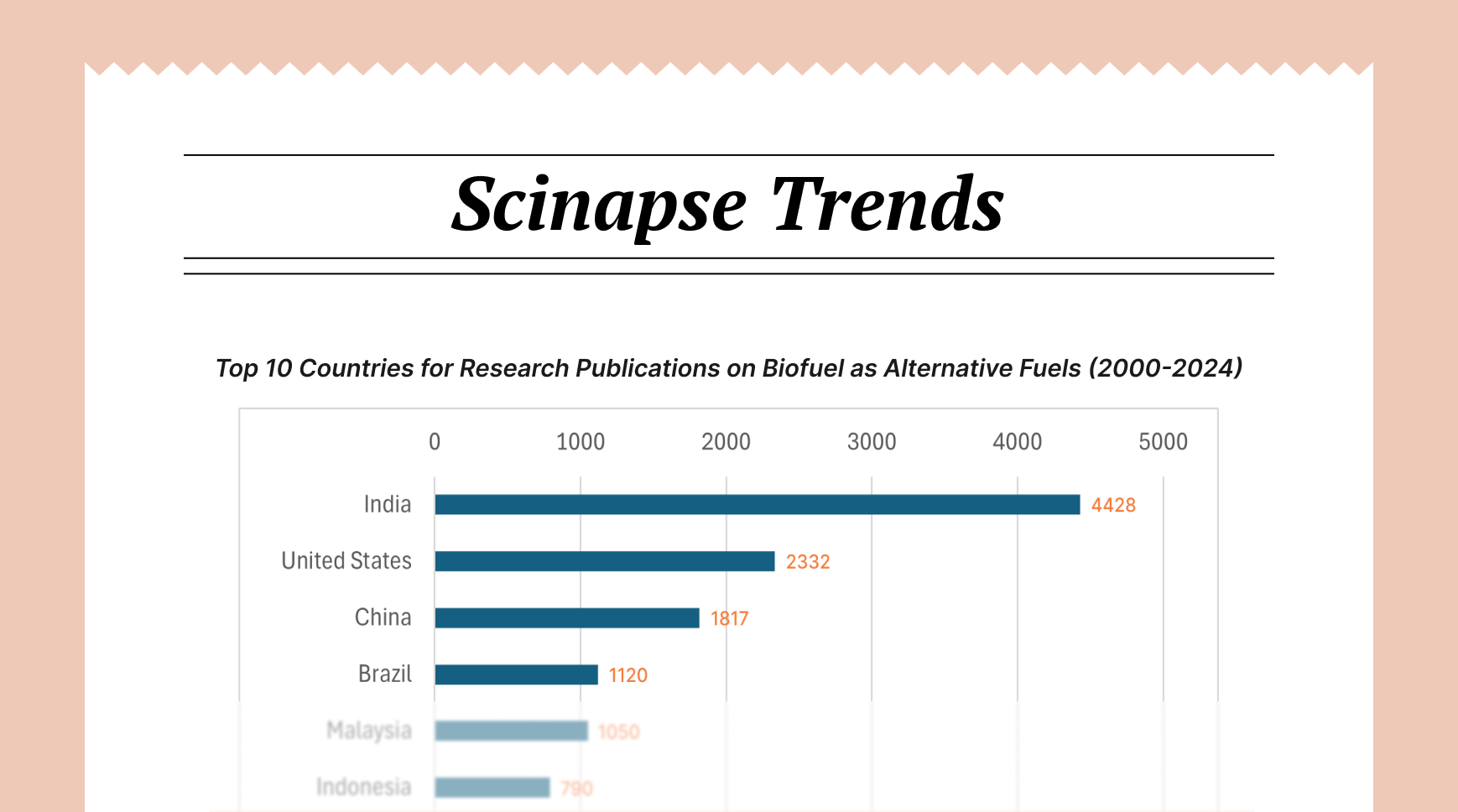The Importance of Scientific Communication in Pharmaceutical Research

Pharmaceutical research represents one of the most complex and consequential domains of scientific inquiry, where the translation of laboratory discoveries into life-saving treatments requires unprecedented levels of precision, transparency, and effective communication. The journey from initial drug discovery to patient care involves multiple stakeholders, regulatory bodies, healthcare professionals, and ultimately, the patients whose lives depend on these innovations. In this intricate ecosystem, scientific communication serves as the critical bridge that connects groundbreaking research with real-world therapeutic applications, making it an indispensable component of successful pharmaceutical development.
The Multifaceted Nature of Pharmaceutical Scientific Communication
Scientific communication in pharmaceutical research encompasses far more than traditional academic publishing. It involves a sophisticated network of information exchange that includes peer-reviewed publications, regulatory submissions, clinical trial reports, medical conference presentations, and direct communication with healthcare providers and patients. Each communication channel serves distinct purposes and audiences, yet all contribute to the overarching goal of ensuring that pharmaceutical innovations reach those who need them most in a safe, effective, and timely manner.
The complexity of pharmaceutical communication stems from the need to convey highly technical scientific information to diverse audiences with varying levels of scientific expertise. Regulatory agencies require comprehensive documentation that demonstrates safety and efficacy through rigorous data analysis. Healthcare professionals require practical information on drug mechanisms, dosing, contraindications, and potential adverse effects. Patients and caregivers require accessible explanations of treatment options, benefits, and risks. Investors and industry partners seek a clear understanding of commercial potential and market positioning.
This diversity of audiences necessitates sophisticated communication strategies that can adapt scientific findings to meet the specific needs and understanding levels of each stakeholder group while maintaining scientific accuracy and integrity. The challenge lies in preserving the nuanced complexity of pharmaceutical research while making it comprehensible and actionable for non-specialists.
Regulatory Communication and Patient Safety
Perhaps nowhere is effective scientific communication more critical than in the regulatory approval process, where pharmaceutical companies must demonstrate to agencies like the FDA, EMA, and other global regulatory bodies that their products meet stringent safety and efficacy standards. The quality of regulatory communication directly impacts patient safety by influencing approval decisions, labeling requirements, and post-market surveillance activities.
Regulatory submissions represent massive communication efforts that synthesize years of research into comprehensive dossiers containing hundreds of thousands of pages of data, analysis, and interpretation. These documents must present complex statistical analyses, clinical trial results, manufacturing information, and risk assessments in formats that enable regulatory reviewers to make informed decisions about public health. Poor communication at this stage can lead to delays in approval, requests for additional studies, or even rejection of potentially beneficial treatments.
The consequences of inadequate regulatory communication extend far beyond individual companies to affect entire patient populations who may be denied access to innovative therapies. Conversely, exemplary communication can expedite the approval process, enabling faster patient access to breakthrough treatments while maintaining appropriate safety standards. The COVID-19 pandemic highlighted both the potential for rapid regulatory communication to accelerate vaccine development and the critical importance of clear, accurate information in maintaining public trust.
Building Trust Through Transparency
Trust represents the foundation upon which all pharmaceutical innovation rests, and scientific communication plays a pivotal role in building and maintaining this trust among all stakeholders. The pharmaceutical industry has faced significant challenges related to public perception, often stemming from concerns about transparency, conflicts of interest, and the prioritization of profit over patient welfare. Effective scientific communication can address these concerns by promoting openness, accountability, and clear articulation of both benefits and risks.
Transparency in pharmaceutical communication involves several key elements. First, it requires complete disclosure of study methodologies, including potential limitations and sources of bias that might influence results. Second, it demands honest reporting of both positive and negative findings, avoiding the selective publication of favorable results while suppressing unfavorable data. Third, it necessitates clear communication about conflicts of interest, funding sources, and potential commercial motivations that might influence research design or interpretation.
The movement toward greater transparency has been facilitated by initiatives such as clinical trial registries, which require public disclosure of study protocols before initiation, and data sharing policies that make research findings more broadly accessible. These developments have enhanced the credibility of pharmaceutical research and improved the ability of independent researchers to validate and build upon published findings.
Interdisciplinary Collaboration and Knowledge Translation
Modern pharmaceutical research increasingly relies on interdisciplinary collaboration, bringing together experts from diverse fields including chemistry, biology, pharmacology, statistics, regulatory science, and clinical medicine. Effective communication among these diverse disciplines is essential for successful drug development, as each contributes unique perspectives and expertise that must be integrated into coherent research programs.
The challenge of interdisciplinary communication lies in bridging different scientific languages, methodologies, and conceptual frameworks. Chemists may focus on molecular structures and synthetic pathways, while clinicians emphasize patient outcomes and therapeutic effectiveness. Statisticians bring rigorous analytical approaches, while regulatory experts contribute knowledge of approval pathways and compliance requirements. Successful pharmaceutical research requires communication strategies that enable these diverse experts to share knowledge effectively and work toward common goals.
Knowledge translation represents another critical aspect of pharmaceutical communication, involving the conversion of research findings into practical applications that benefit patients. This process requires ongoing dialogue between researchers, clinicians, and healthcare systems to ensure that new therapies are appropriately integrated into clinical practice. Effective knowledge translation communication helps healthcare providers understand how to use new treatments optimally and enables patients to make informed decisions about their care.
Digital Transformation and Modern Communication Challenges
The digital revolution has fundamentally transformed pharmaceutical communication, creating new opportunities for information sharing while also introducing novel challenges. Digital platforms enable real-time communication among global research teams, facilitate rapid dissemination of research findings, and provide new channels for engaging with healthcare providers and patients. Social media, online conferences, and digital publication platforms have democratized access to pharmaceutical research information and accelerated the pace of scientific discourse.
However, digital transformation has also introduced significant challenges related to information quality, misinformation, and the overwhelming volume of available data. The ease of digital publishing has led to concerns about the reliability of some online sources, while social media platforms can amplify both accurate information and dangerous misinformation about pharmaceutical products. Healthcare providers and patients must navigate an increasingly complex information landscape to identify trustworthy sources and evidence-based guidance.
Pharmaceutical companies and researchers must adapt their communication strategies to leverage digital opportunities while maintaining scientific rigor and accuracy. This includes developing sophisticated content strategies that can reach target audiences through appropriate digital channels while ensuring that simplified communications do not compromise scientific integrity or promote misunderstanding.
Patient-Centered Communication
The evolution toward patient-centered healthcare has placed new emphasis on communicating pharmaceutical research findings directly to patients and caregivers. This shift recognizes that patients are active participants in healthcare decisions who deserve access to comprehensive, understandable information about their treatment options. Patient-centered communication requires translating complex scientific concepts into accessible language while preserving essential information about benefits, risks, and alternatives.
Effective patient communication in pharmaceutical research involves several key principles. It must be culturally sensitive and appropriate for diverse populations with varying levels of health literacy. It should acknowledge uncertainty and limitations in current knowledge while providing sufficient information for informed decision-making. It must balance hope and realism, accurately conveying both the potential benefits of new treatments and their limitations or risks.
The development of patient-reported outcome measures and patient engagement in clinical trial design reflects the growing recognition that patient perspectives are essential for pharmaceutical research success. This trend requires new communication approaches that can capture patient experiences and preferences while incorporating this information into research design and regulatory submissions.
Global Reach and Cross-Cultural Communication
Pharmaceutical research operates in an increasingly global context, with multinational clinical trials, international regulatory harmonization, and worldwide distribution of approved products. This global scope introduces complex communication challenges related to cultural differences, language barriers, and varying regulatory requirements across different countries and regions.
Effective global pharmaceutical communication requires cultural competency and awareness of how different societies understand and respond to health information. What constitutes persuasive evidence in one culture may be insufficient in another, and communication strategies must be adapted accordingly. Language translation involves more than literal conversion of words; it requires careful attention to cultural context and the preservation of scientific meaning across linguistic boundaries.
International regulatory harmonization efforts, such as those led by the International Council for Harmonisation, have improved consistency in pharmaceutical communication standards globally. However, significant differences remain in regulatory requirements, approval processes, and post-market surveillance systems that require sophisticated communication strategies to navigate successfully.
Future Directions and Emerging Challenges
The future of scientific communication in pharmaceutical research will be shaped by several emerging trends and challenges. Artificial intelligence and machine learning are beginning to play larger roles in drug discovery and development, requiring new approaches to communicating AI-driven insights and maintaining transparency about algorithmic decision-making. Personalized medicine and precision therapeutics demand more sophisticated communication strategies that can convey complex genetic and biomarker information to diverse audiences.
The increasing complexity of pharmaceutical research, including advanced therapy medicinal products, gene therapies, and combination treatments, will require evolution in communication approaches to ensure that regulatory reviewers, healthcare providers, and patients can understand and appropriately utilize these innovations. The growing emphasis on real-world evidence and post-market surveillance will create new communication requirements for ongoing safety monitoring and effectiveness assessment.
Author: Uttkarsha B
- AI-Ethicist and STM Research & Publishing Expert
Never re-search again.
Scinapse is made by researchers for researchers.
Join the next generation of research at ⏯️ https://scinapse.io/
Pluto Labs
Pluto Labs helps researchers focus on their research by improving several inefficiencies in the academic research process. We offer data-driven insights from academic papers, allowing users to easily obtain review-level results for their desired range of papers.
https://pluto.im/





Comments ()